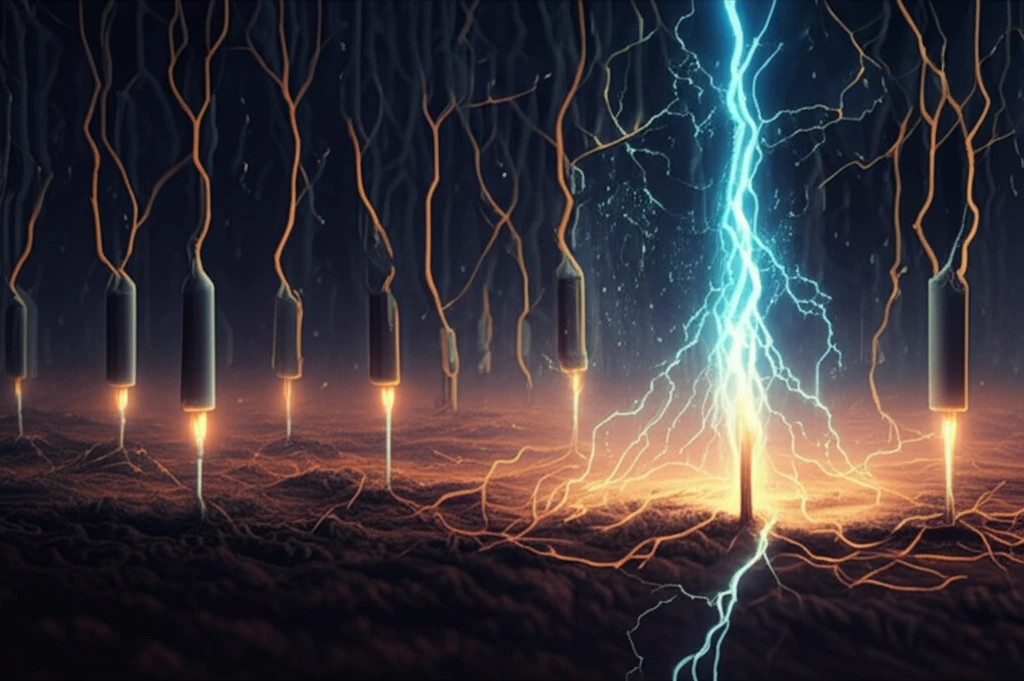
Can Electrokinetics Clean Up Our Soil? A Deep Dive into Fine-Grained Soil Remediation
"Explore the science behind electro-hydro-mechanical processes and their potential to transform contaminated land into valuable resources. Learn about the future of soil remediation."
In an era where environmental consciousness is rapidly growing, the need for innovative and effective soil remediation technologies has never been more critical. Traditional methods often fall short when dealing with fine-grained soils, prompting scientists and engineers to explore alternative approaches. One such promising technology is electrokinetics, a process that uses electrical fields to remove contaminants from soil.
Electrokinetic remediation has emerged as a valuable tool for decontaminating clayey soils, offering a sustainable and efficient way to address pollution. This technology has the potential to transform contaminated land into valuable resources, reducing environmental risks and promoting healthier ecosystems.
This article delves into the science behind electro-hydro-mechanical processes in fine-grained soils, explaining how electrokinetics works and highlighting its potential to revolutionize soil remediation. We'll explore the latest research, experimental findings, and numerical simulations that demonstrate the effectiveness and impact of this groundbreaking technology.
How Does Electrokinetic Soil Remediation Work?

Electrokinetic remediation involves applying a low-intensity direct current (DC) across the soil between two electrodes: an anode (positive electrode) and a cathode (negative electrode). This electrical field mobilizes contaminants, causing them to move towards the electrodes. Several complex processes occur simultaneously:
- Ion Migration: Charged contaminants migrate through the soil under the influence of the electric field. Positively charged ions (cations) move towards the cathode, while negatively charged ions (anions) move towards the anode.
- Electro-osmosis: The electric field also induces the movement of pore water, carrying dissolved contaminants along with it. This process, known as electro-osmosis, is particularly effective in fine-grained soils with low hydraulic conductivity.
- Electrophoresis: Charged particles or colloids suspended in the pore water also move towards the electrode of opposite charge.
Electrokinetics: A Promising Path to Cleaner Soil
Electrokinetic remediation offers a compelling path towards cleaner, healthier soil. By understanding the underlying science and continuing to refine the technology, we can unlock its full potential for addressing soil contamination challenges worldwide. As research progresses and practical applications expand, electrokinetics promises a future where contaminated lands are transformed into thriving ecosystems, contributing to a more sustainable and environmentally conscious world.
